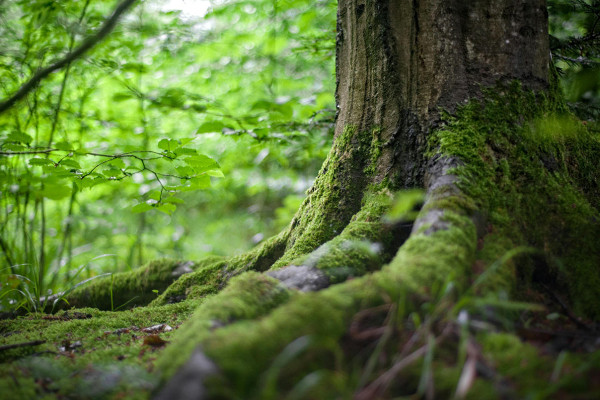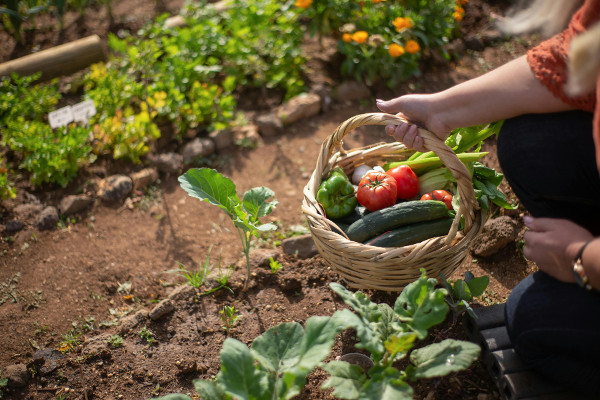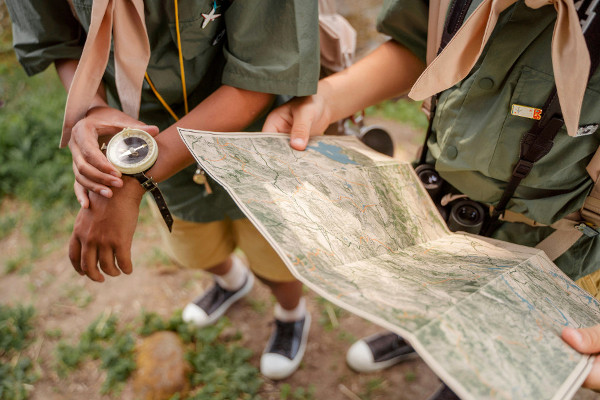How to Get Started with Geocaching for Beginners: Your Ultimate Outdoor Adventure Guide
If you’re new to geocaching and eager to dive into this exciting outdoor activity, you’ve come to the right place! This guide offers beginner-friendly tips on everything from finding your first cache to understanding the different types of geocaches and using the GPS app. Whether you're a nature lover, a puzzle enthusiast, or just looking for a new hobby, geocaching brings the thrill of treasure hunting to the great outdoors. Ready to embark on your adventure? Let’s get started!
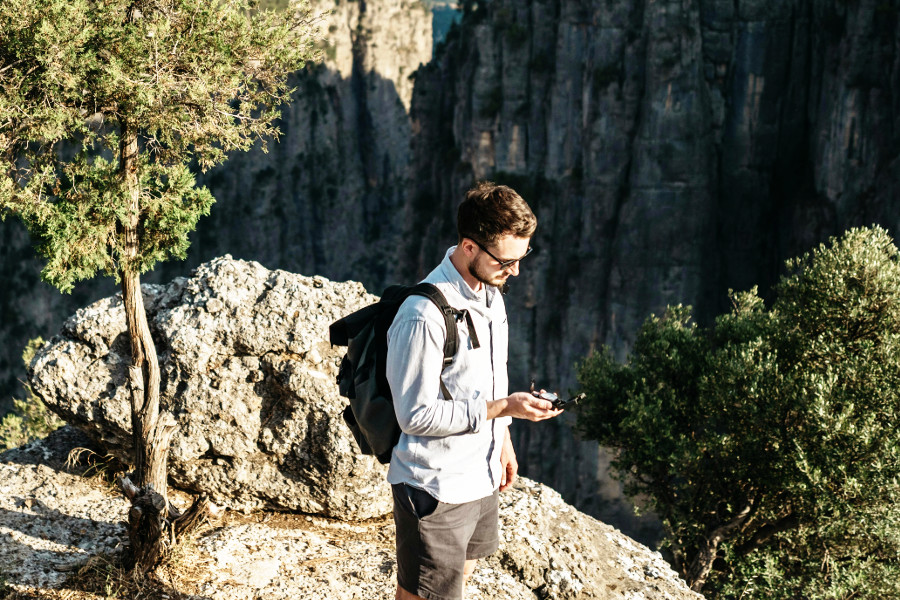
1. What is geocaching?
Geocaching is basically a modern-day treasure hunt that uses GPS technology to find hidden containers, called geocaches, all around the world. It’s a way to get outside and explore, turning the world into your own adventure playground. These caches can be anywhere – from city parks to deep forests – and usually contain a logbook and sometimes small trinkets to trade. It’s an activity that combines technology, nature, and curiosity, encouraging people to connect with the outdoors in a fun, interactive way. If you enjoy puzzles, walking, or just discovering new places, geocaching offers a simple but rewarding way to do all of that. And because it’s a global community, you can join in wherever you are and share your experiences with fellow adventurers.
2. How do I start geocaching?
Starting geocaching is easier than you might think. The first step is to create a free account on a geocaching website or app – Geocaching.com is the most popular one. Once you’re signed up, you can browse for geocaches near your location. It’s best to start with beginner-friendly ones, which are usually labeled as easy to find and easy to get to. With your smartphone or GPS device, follow the coordinates to your chosen cache. When you get close, start searching carefully around the spot. The excitement comes from the hunt itself – looking for a hidden container in an unexpected place. When you find it, sign the logbook, and then share your find online. That’s it! You’re officially a geocacher.
3. What equipment do I need to begin?
You don’t need fancy gear to get started with geocaching. Your smartphone with GPS and the official Geocaching app is all you really need. The app helps you find caches, navigate, and log your finds. A small pen or pencil is useful to sign the physical logbook inside the cache. Many beginners also carry little trinkets for swapping – just small toys or souvenirs. A water bottle, comfortable shoes, and weather-appropriate clothing will make your trip more enjoyable. For longer adventures, a flashlight or gloves can come in handy. But really, geocaching is about simplicity: with just your phone and curiosity, you can dive right into the fun.
4. How do I find my first geocache?
Finding your first geocache is a mix of tech and exploration. After downloading the app and picking a nearby cache, start by reading its description and any hints carefully. These clues can be incredibly helpful. Use your phone’s GPS to get close – often within a few feet – then begin a careful search. Geocaches are cleverly hidden, but usually near something natural or manmade like a tree, bench, or signpost. Be patient and observe your surroundings thoughtfully. When you find the container, open it gently, sign the logbook, and celebrate the small victory. That first find is a moment you won’t forget and a perfect introduction to a rewarding new hobby.
5. What types of geocaches are there?
Geocaching isn’t just about finding boxes – there are lots of different types to keep things interesting. The most straightforward kind is the Traditional Cache, which is a container hidden right at the listed coordinates. Then there are Multi-Caches, where you follow clues from one spot to another. Mystery or Puzzle Caches challenge your brain by requiring you to solve riddles before you can find the final location. EarthCaches are educational; instead of a container, you visit a geological site and answer questions about it. Some events let geocachers meet up, while others, like Virtual Caches, involve no physical container at all. Each type offers a unique way to explore and engage with the world around you.
6. How do difficulty and terrain ratings work?
Each geocache comes with two ratings that help you know what to expect: difficulty and terrain. Difficulty is about how tricky the cache is to find – a simple one might be sitting right out in the open, while a difficult one could be hidden in a clever or camouflaged way. Terrain tells you how hard it is to physically reach the cache. Low terrain means an easy stroll, while higher ratings might mean hiking, climbing, or rough ground. These ratings use a 1-to-5 scale and help you pick caches that match your experience and fitness. If you’re new to geocaching, it’s a good idea to stick with low difficulty and terrain ratings until you’re comfortable exploring more challenging locations.
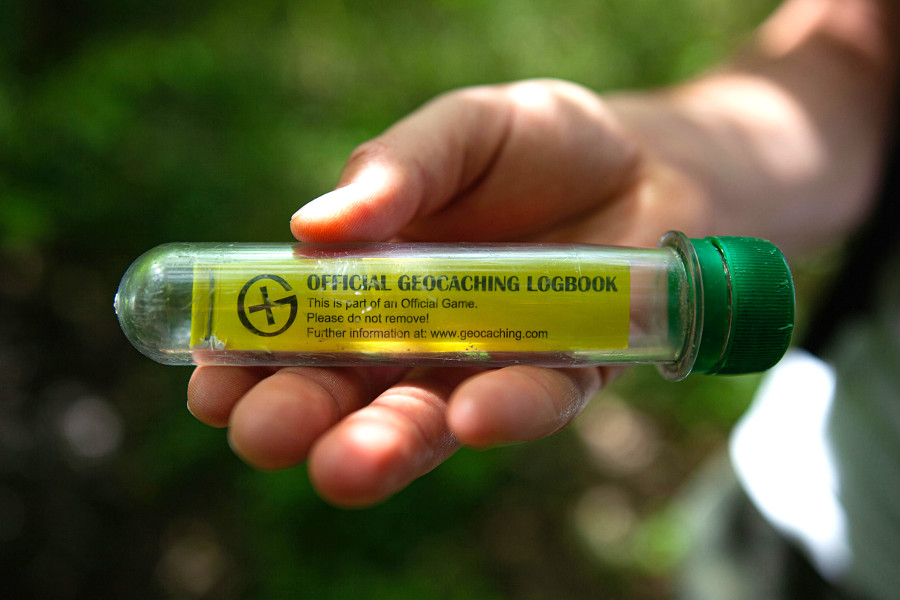
7. How do I use the geocaching app or GPS device?
Using the geocaching app or GPS device is pretty straightforward once you get the hang of it. The app shows you a map with nearby caches and lets you select one to search for. It guides you to the coordinates, showing your distance and direction as you move. When you’re close, the GPS isn’t always perfectly accurate, so it’s time to switch from tech to detective mode – look carefully around, paying attention to natural or manmade hiding spots. If you’re using a handheld GPS, you can enter cache coordinates manually and track your progress. The key is to combine digital navigation with a sharp eye and a bit of patience.
8. What should I bring with me on a geocaching trip?
When you go geocaching, packing smart helps the experience go smoothly. Bring your phone or GPS with the app installed, and don’t forget a pen to sign the logbook. Water and snacks keep you energized, and dressing in comfortable shoes and weather-appropriate clothes makes the outing more enjoyable. Some people also pack small items to trade in caches, like toys or keychains. Depending on where you’re headed, a flashlight, gloves, or even tweezers might come in handy for tricky containers. A portable phone charger can save the day if you’re out longer than expected. The goal is to be prepared but not overloaded – just enough gear to stay safe and enjoy the adventure.
9. What are the rules and etiquette of geocaching?
Geocaching comes with some simple but important rules that keep the game fun for everyone. Always respect private property and never trespass. When you find a cache, sign the logbook with your geocaching name and date. If you take something from the cache, leave something of equal or greater value in exchange. Avoid leaving food or anything that might attract animals. Keep your search discreet so you don’t spoil the surprise for others or attract non-geocachers, known as “muggles.” If a cache is damaged or missing, report it online so the owner can fix it. Following these guidelines helps maintain trust and ensures geocaching remains a respectful, enjoyable pastime.
Here are a few useful links:
- Official Geocaching HQ – The primary site for registering, finding, and logging geocaches worldwide. It's the hub of the global geocaching community.
- Geocaching – National Geographic – A well-researched encyclopedic overview of geocaching, its history, methods, cache types, and educational aspects.
- OpenCaching North America – A free, volunteer-driven alternative geocaching platform with unique cache types and emphasis on open access.
- r/geocaching on Reddit – The most active geocaching subreddit, full of community tips, advice, app recommendations, and peer support.
10. What should I do when I find a cache?
When you find a cache, it’s important to take a moment to appreciate the effort that went into hiding it. Open the container gently and sign the logbook inside with your geocaching username and the date. If the cache includes trade items, feel free to swap – just remember the rule of giving something equal or better in return. Be careful not to damage the container or its surroundings. After signing, close the cache securely and put it back exactly where you found it so others can enjoy the hunt too. Then, log your find online and share any thoughts or tips. Each cache is a small treasure, and your respect helps keep the adventure alive.
11. What are “trackables” and how do I handle them?
Trackables are special items in geocaches that travel from place to place, like Travel Bugs or Geocoins. Each one has a unique code you can enter online to see where it’s been and what its goal is. These items have missions – maybe to reach a particular city or travel a certain distance. If you find a trackable, you can take it with you, but only if you’re willing to move it along to another cache. When you drop it off again, log its movement on the website so everyone can follow its journey. Trackables add an exciting layer to geocaching because they connect players and places all over the world.
12. How do I log my find online and in the physical logbook?
Logging your find is an important part of geocaching and happens in two ways. First, sign the physical logbook inside the cache with your geocaching username and the date you found it. This is a record for the cache owner and future visitors. Then, use the app or website to log your find online. Here, you can write a short message about your experience, like how you found the cache or any challenges you faced. If you didn’t find the cache, you can log a “Did Not Find” to help others know its status. Honest and timely logging keeps the community informed and helps maintain the game for everyone.
Enjoy your adventure in geocaching.

